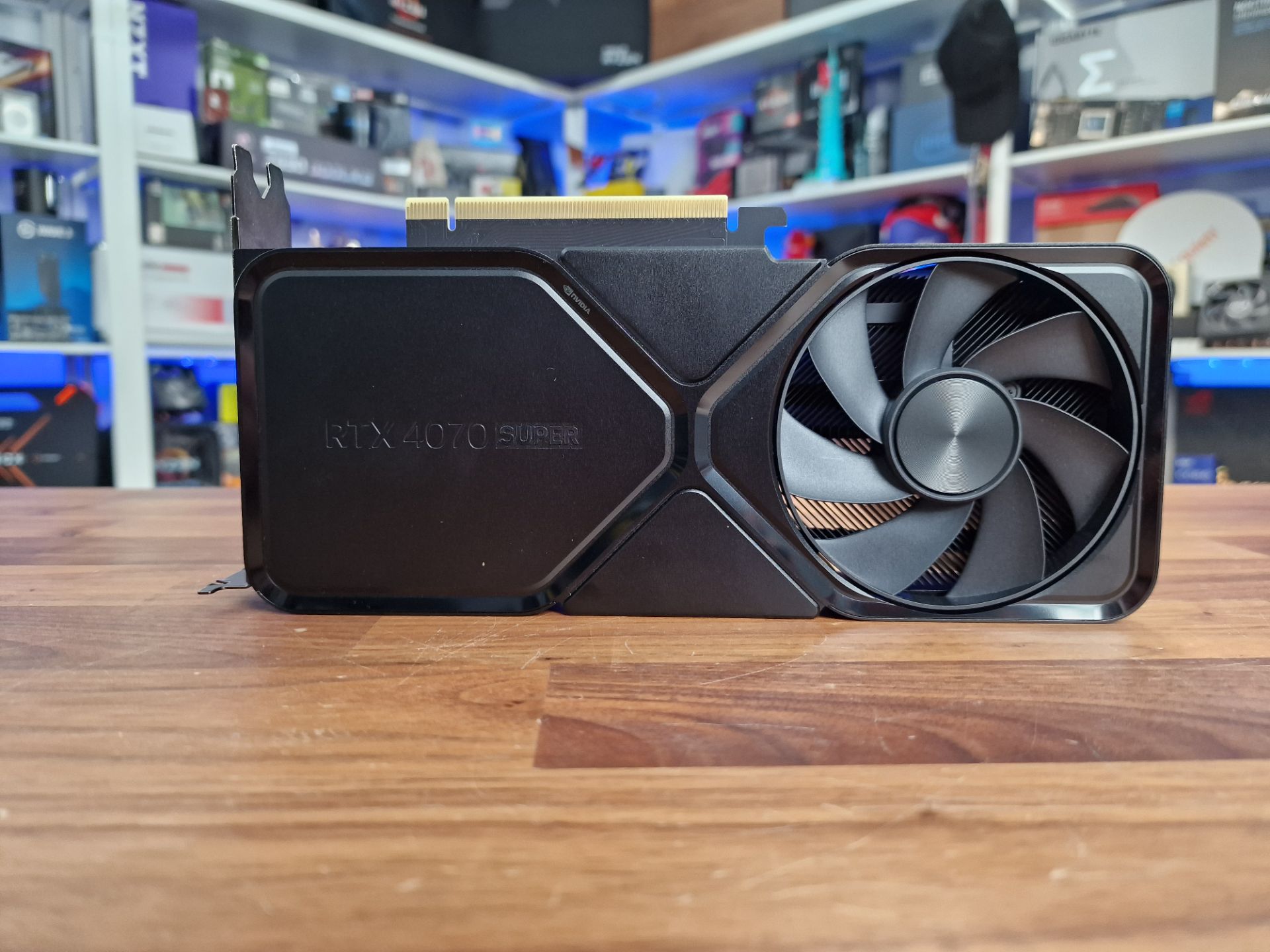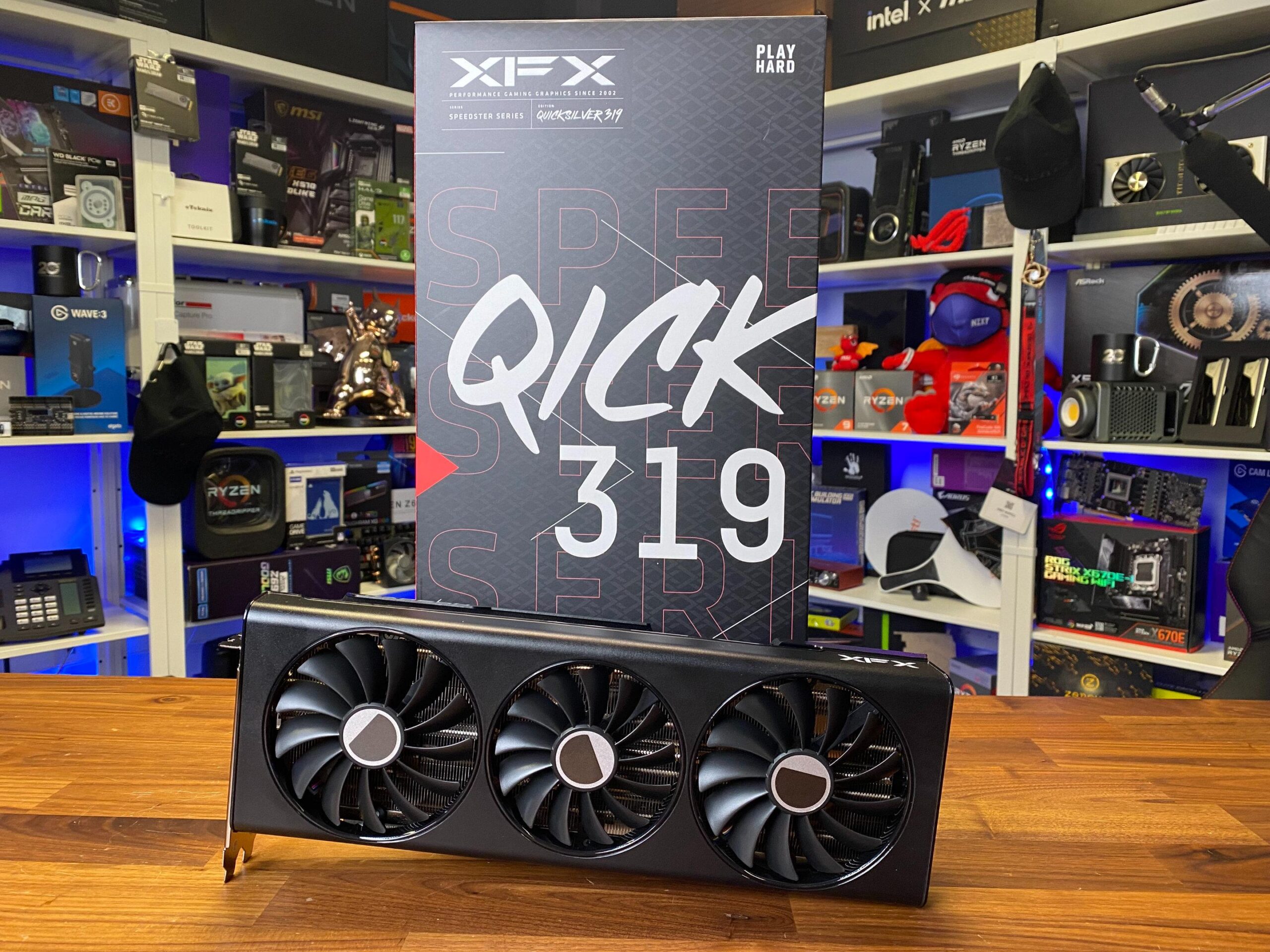Nvidia GeForce RTX 5080 Founders Edition Review

Just last week, NVIDIA dropped the RTX 5090 (review). The most powerful graphics card in the world donning the new Blackwell architecture, but arguably, along with being super powerful, means that it has a super price tag to match that is simply beyond the remit of most consumers wanting the latest technologies and the highest frame rates in games. So now, with the review embargo lifting for its little brother, the RTX 5080, coming in at a much more palatable $999, can we get performance that gives us enough of a generational uplift over the 40 series while reigning in on the value for money perspective? Well, that’s what we’re going to find out!
Nvidia RTX 5080
In terms of the GPU, we have a die size of 378mm², so similar to the 4080 series and packs 45.6 billion transistors, which is actually less than both the 4080 and 4080 SUPER, which came in at 45.9 billion.
Along with a bump from PCIe 4.0, we’re now sporting PCIe 5.0 and it’s something we’ll be having a look at in the near future to see if that’s a limiting factor in terms of performance due to the bandwidth being double that of PCIe 4.0, though as we know, most modern GPUs, even high-end ones like the new Blackwell based ones, rarely are able to saturate the bandwidth of PCIe 4.0 in most gaming scenarios, but we’ll look at it in some later content regardless.
We’re also now pushing the memory, which while we still have 16GB, we’re now utilising GDDR7 on a 256-bit bus, which gives us 960GB/s of bandwidth, which is a step up from 716.8GB/s on the 4080 and 736.3GB/s on the 4080 SUPER.
So, we have some somewhat strong uplifts in specs, but as we know, raw numbers like this, don’t exactly equate to raw performance. However, with the 4080 SUPER launching at the same $999 price tag, and the 4080 non-SUPER coming in more expensive at $1199, it’s definitely an interesting talking point to see where performance fits in based on price.
Key Features
- Enhanced NVIDIA Broadcast App: Includes new AI-powered features like Studio Voice and Virtual Key Light for improved live streaming.
- Blackwell Architecture: The new Blackwell architecture boasts significant improvements in performance and efficiency.
- AI-Powered Rendering: Features like neural shaders and DLSS 4 leverage AI for groundbreaking graphics rendering.
- DLSS 4: This technology uses AI to generate more frames, leading to up to 8x performance boosts compared to traditional rendering.
- RTX Neural Shaders: Introduce AI networks into programmable shaders, enabling film-quality materials and lighting in games.
- RTX Neural Faces: Renders high-quality digital faces in real-time using AI.
- Reflex 2 with Frame Warp: Reduces latency in games by up to 75% for a more responsive experience.
- Autonomous Game Characters: New NVIDIA ACE technologies allow for AI-powered non-player characters (NPCs) that can perceive, plan, and act more like human players.
- AI Foundation Models: Support for NVIDIA NIM microservices enables users to build AI agents and assistants on their RTX AI PCs.
- FP4 Precision: Boosts AI image generation performance and allows for running generative AI models locally.












